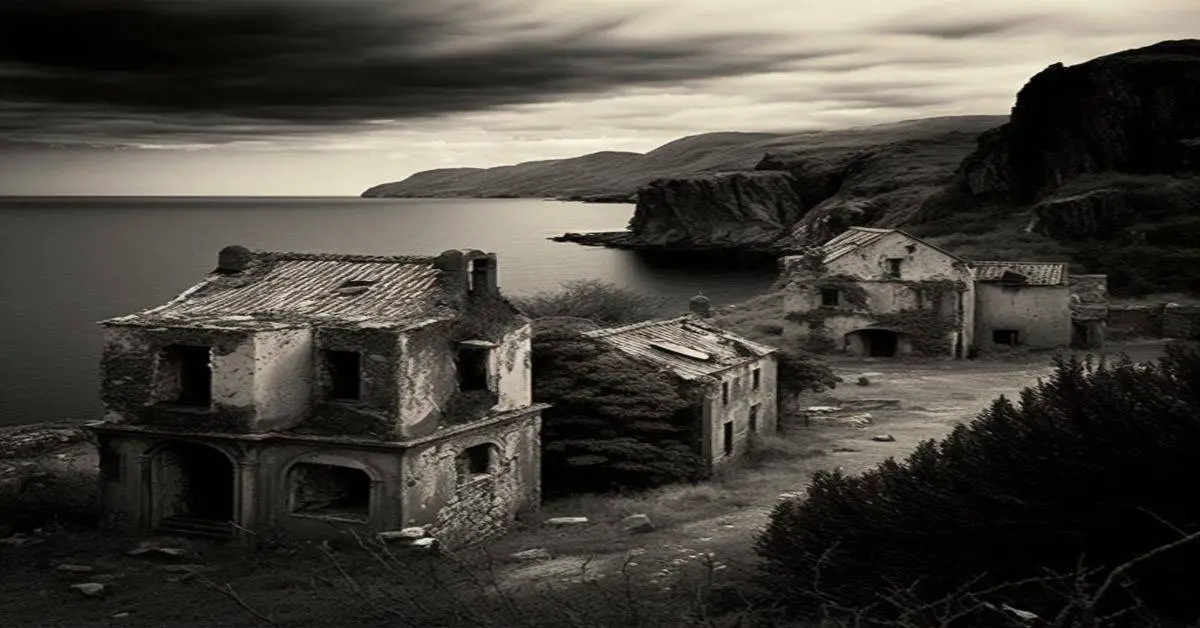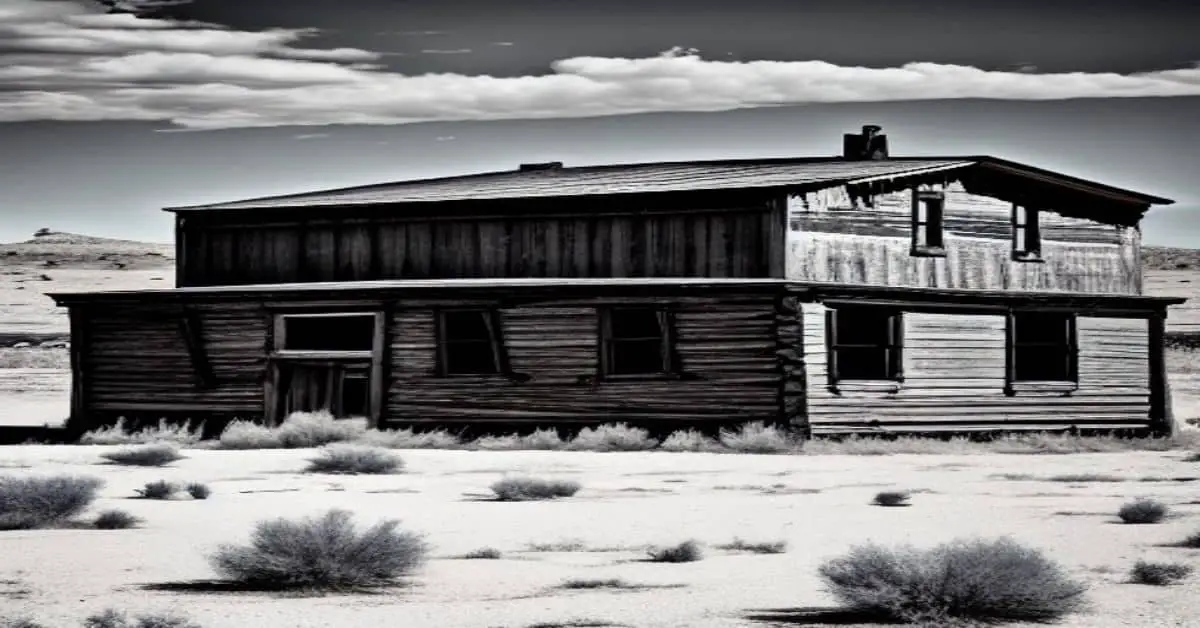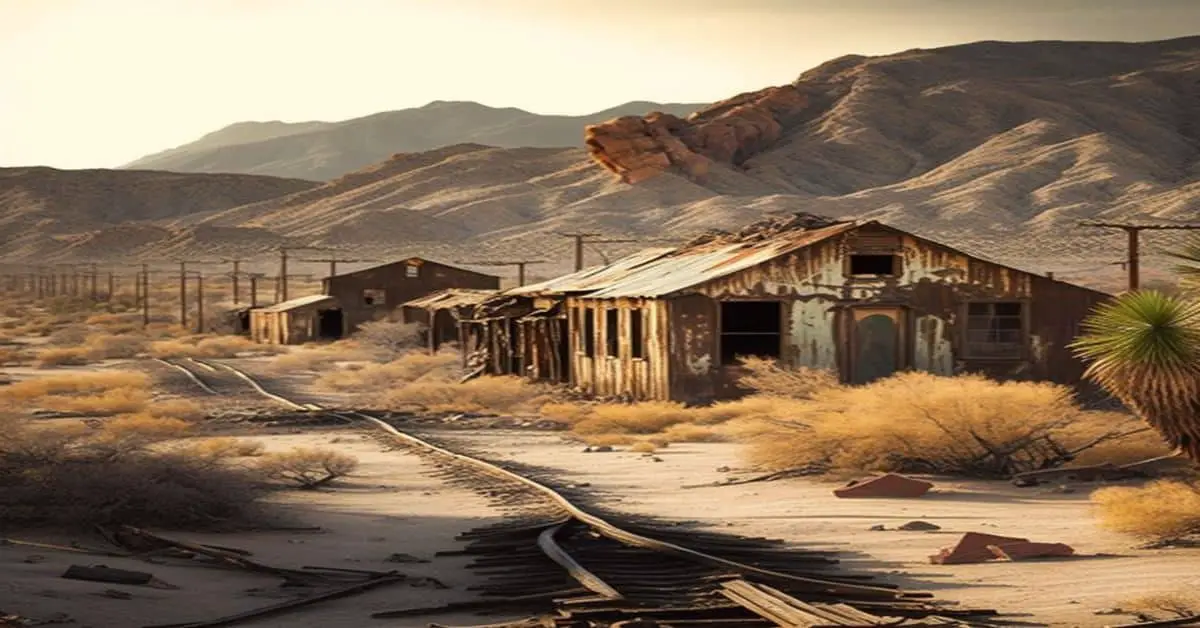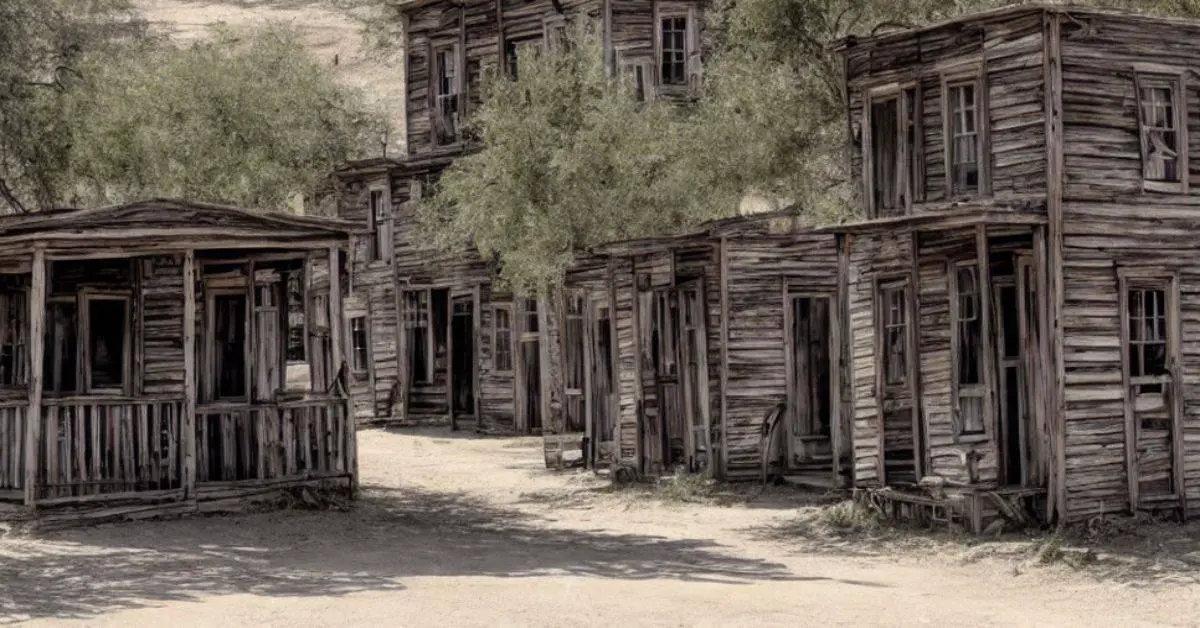The people of Cochise County have a spooky history. The first sign that you’re in the right place is when your car breaks down, and there’s no cell service, but all around town are abandoned buildings with broken windows.
Gleeson, Arizona
Gleeson is a small town about 15 miles outside Tombstone. It was once an active mining community with many buildings and homes. The dilapidated houses still visible date back to World War II when Gleeson’s population was over one thousand. The old jail building was one still standing that had been renovated into a museum.
The cells inside this former penal facility provide a fascinating insight into the living circumstances of criminals and war detainees during the Mexican Revolution of 1910-1920.
Gleeson is a ghost town that thrived on copper mining from 1909 until 1930. By 1953, a few stand-out traces of the city had disappeared. The former hospital and a few farms have been re-established as residency locations for miners still trying to work the mines today. While wandering through this historic site, watch out for deep shafts where ore used to be extracted over a century ago.
Pearce, Arizona
Pearce was once home to one-third or more than two thousand people in the heart of Arizona’s Gold Rush era. The Commonwealth Mine employed many miners during its operating years. The mines thrived for 40 years before closing due to not being profitable anymore.
Rumors of increased drinking that created unsafe working conditions also played a possible part in the mine’s closure. Today you can visit sites with buildings still standing, showing evidence of life during the mining rush.
Millville, Arizona
Millville, Arizona, was a town that sprung up to process mining ore. It lasted only ten years, the length of Tombstone’s silver boom. At its height, Millville produced more than $1 million in revenue from 1882-1885 before being abandoned.
Flooding in mines nearby made it impossible for the miners to continue working without closing and moving elsewhere along the river that wasn’t prone to flooding. Once all the ore had been claimed and materials were processed, mills along the San Pedro River were shut down and abandoned.
Fairbank Historic Townsite, Arizona
When you visit the San Pedro Riparian National Conservation Area, your journey will be one of a kind. You can find remains of Fairbank, a historic townsite that began as a stagecoach stop and later became a railroad transportation hub due to its proximity to Tombstone (just one day’s ride on horseback).
In 2007-2008 the former schoolhouse reopened as a museum Information Center & Gift Shop. Many other buildings stand alongside yardarms where train whistles blow in nostalgic echoes through these ancient trees, fencing off old gravesites from visitor scrutiny while preserving their dignity by maintaining respectful distance during tours offered each weekday.
The town of Fairbank was initially built as a railroad stop near Tombstone. Now, you can take a self-guided tour that reveals one of the area’s most complete ghost towns with buildings, including its post office and general store, amongst many others. While visiting the museum and information center, visitors can purchase homemade gifts and take a piece of history home with them.



